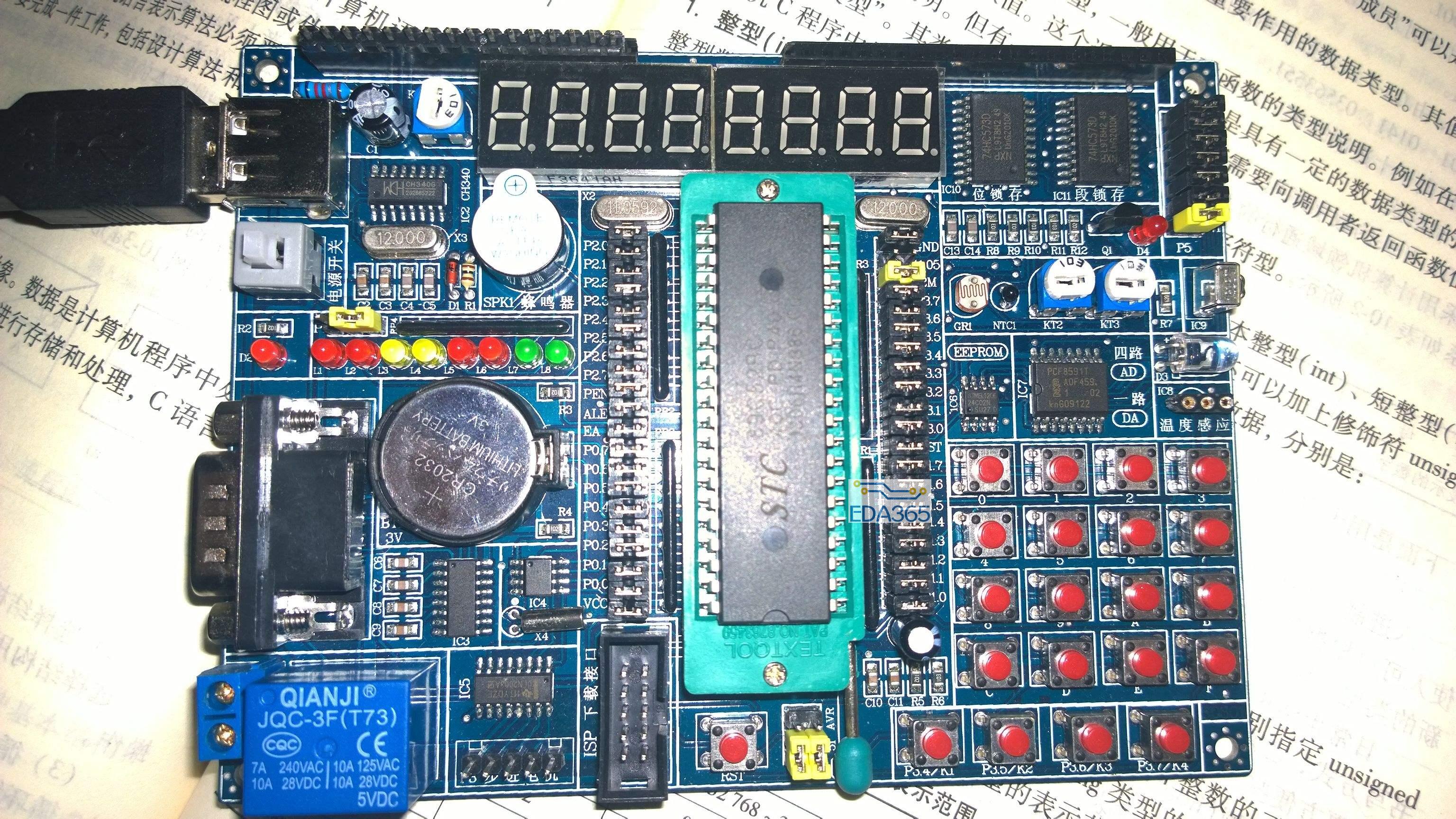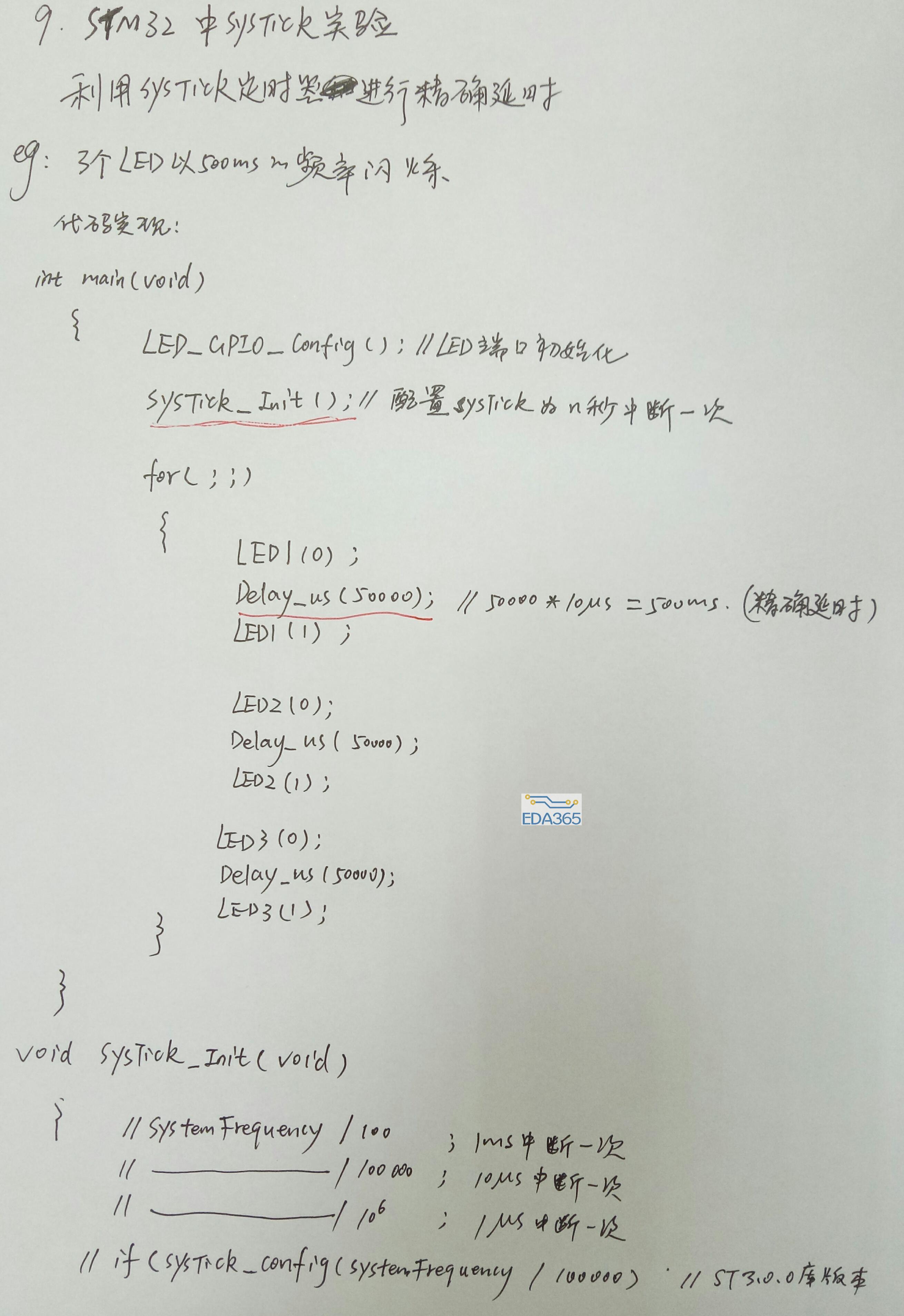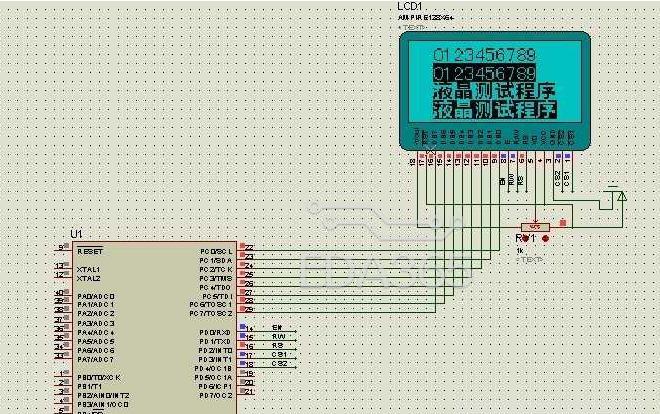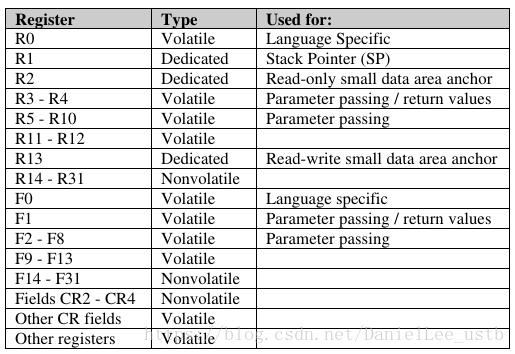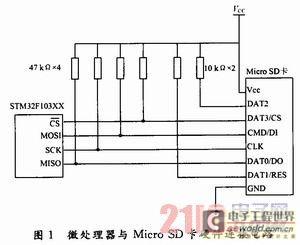一. ECC校验
ECC: error Checking and correct,既能检查错误也能纠正错误.
优点是: 速度奇快
缺点是: 只能检查2bit的错误,只能纠正1bit的错误
如果想验证这儿需要打开 param . no_tags_ecc=0,默认 param . no_tags_ecc=1不进行tags校验.
同时,mkyaffs2image中也要把ECC校验信息加进去,这样才能从nand_flash中读出ECC进行比较.
nandmtd2_read_chunk_tags
--> yaffs_unpack_tags2
void yaffs_unpack_tags2(struct yaffs_ext_tags *t, struct yaffs_packed_tags2 *pt, int tags_ecc)
{
enum yaffs_ecc_result ecc_result = YAFFS_ECC_RESULT_NO_ERROR;
if (pt->t.seq_number != 0xffffffff && tags_ecc) {
struct yaffs_ecc_other ecc;
int result;
yaffs_ecc_calc_other((unsigned char *)&pt->t, sizeof(struct yaffs_packed_tags2_tags_only), &ecc);
result = yaffs_ecc_correct_other((unsigned char *)&pt->t,
sizeof(struct yaffs_packed_tags2_tags_only), &pt->ecc, &ecc);
switch (result) {
case 0:
ecc_result = YAFFS_ECC_RESULT_NO_ERROR;
break;
case 1:
ecc_result = YAFFS_ECC_RESULT_FIXED;
break;
case -1:
ecc_result = YAFFS_ECC_RESULT_UNFIXED;
break;
default:
ecc_result = YAFFS_ECC_RESULT_UNKNOWN;
}
}
yaffs_unpack_tags2_tags_only(t, &pt->t);
t->ecc_result = ecc_result; //保存校验后的结果, 调用它的函数是要检查的
yaffs_dump_packed_tags2(pt); //打印而己,不关心
yaffs_dump_tags2(t); //打印而己,不关心
}
这部分主要是校验yaffs_packed_tags2* pt中的结果, sizeof(yaffs_packed_tags2)=4*7=28
struct yaffs_packed_tags2_tags_only {
unsigned seq_number;
unsigned obj_id;
unsigned chunk_id;
unsigned n_bytes;
};
struct yaffs_ecc_other {
unsigned char col_parity;
unsigned line_parity;
unsigned line_parity_prime;
};
struct yaffs_packed_tags2 {
struct yaffs_packed_tags2_tags_only t;
struct yaffs_ecc_other ecc;
};
注意: 这个校验只被 nandmtd2_read_chunk_tags所调用,因为 pt中的数据是存在nand flash的OOB区的,data区的数据在读取时己经被检验过了.
yaffs把OOB区前28个字节也拿来当数据使用了,所以这部分也需要校验.但是nand_flash只会对data区的数据进行校验,所以需要自己写代码来校验这OOB的28个字节
二.校验算法
2. 生成column_parity_table表
#include
#include
unsigned char entry(unsigned char x)
{
unsigned char b0, b1, b2, b3, b4, b5, b6, b7;
unsigned char p4, p2, p1, p4p, p2p, p1p;
unsigned char linep;
unsigned char result;
b0 = (x & 0x01) ? 1 : 0;
b1 = (x & 0x02) ? 1 : 0;
b2 = (x & 0x04) ? 1 : 0;
b3 = (x & 0x08) ? 1 : 0;
b4 = (x & 0x10) ? 1 : 0;
b5 = (x & 0x20) ? 1 : 0;
b6 = (x & 0x40) ? 1 : 0;
b7 = (x & 0x80) ? 1 : 0;
p4 = b7 ^ b6 ^ b5 ^ b4; p4p = b3 ^ b2 ^ b1 ^ b0;
p2 = b7 ^ b6 ^ b3 ^ b2; p2p = b5 ^ b4 ^ b1 ^ b0;
p1 = b7 ^ b5 ^ b3 ^ b1; p1p = b6 ^ b4 ^ b2 ^ b0;
linep = p1 ^ p1p;
result = 0;
if(p4) result |= 0x80;
if(p4p) result |= 0x40;
if(p2) result |= 0x20;
if(p2p) result |= 0x10;
if(p1) result |= 0x08;
if(p1p) result |= 0x04;
if(linep) result |= 0x01;
//result >>= 2;
//if(linep) result |= 0x40;
return result;
}
int main(int argc, char *argv[])
{
unsigned i;
printf("const unsigned char column_parity_table[] = {");
for(i = 0; i < 256; i++)
{
if((i & 0xf) == 0) printf("n");
printf("0x%02x, ",entry((unsigned char) i));
}
printf("n};n");
}
所以每一个result都是:
2.1校验步骤
a. 通过yaffs_ecc_calc_other生成ECC, 称为new_ecc
b. new_ecc与old_ecc进行异或,如果不一样,则说明出错
c. 类似于二叉树,找到出错位,并进行校正
void yaffs_ecc_calc_other(const unsigned char *data, unsigned n_bytes, struct yaffs_ecc_other *ecc_other) //生成新的ECC
{
unsigned int i;
unsigned char col_parity = 0;
unsigned line_parity = 0;
unsigned line_parity_prime = 0;
unsigned char b;
for (i = 0; i < n_bytes; i++) {
b = column_parity_table[*data++];
col_parity ^= b;
if (b & 0x01) {
/* odd number of bits in the byte */
line_parity ^= i;
line_parity_prime ^= ~i;
}
}
ecc_other->col_parity = (col_parity >> 2) & 0x3f;
ecc_other->line_parity = line_parity;
ecc_other->line_parity_prime = line_parity_prime;
}
3.
int yaffs_ecc_correct_other(unsigned char *data, unsigned n_bytes,
struct yaffs_ecc_other *read_ecc, const struct yaffs_ecc_other *test_ecc)
{ //与test_ecc比较如果不同则进行校正
unsigned char delta_col; /* column parity delta */
unsigned delta_line; /* line parity delta */
unsigned delta_line_prime; /* line parity delta */
unsigned bit;
delta_col = read_ecc->col_parity ^ test_ecc->col_parity;
delta_line = read_ecc->line_parity ^ test_ecc->line_parity;
delta_line_prime = read_ecc->line_parity_prime ^ test_ecc->line_parity_prime;
if ((delta_col | delta_line | delta_line_prime) == 0)
return 0; /* no error */
if (delta_line == ~delta_line_prime && (((delta_col ^ (delta_col >> 1)) & 0x15) == 0x15)) {
bit = 0; //bit <0-7>,代表哪一位出错
if (delta_col & 0x20)
bit |= 0x04;
if (delta_col & 0x08)
bit |= 0x02;
if (delta_col & 0x02)
bit |= 0x01;
if (delta_line >= n_bytes)
return -1;
data[delta_line] ^= (1 << bit); //找到出错的位了,把它反转
return 1; /* corrected */
}
if ((hweight32(delta_line) + hweight32(delta_line_prime) + hweight8(delta_col)) == 1) {
/* Reccoverable error in ecc */
*read_ecc = *test_ecc;
return 1; /* corrected */
}
/* Unrecoverable error */
return -1;
}
『本文转载自网络,版权归原作者所有,如有侵权请联系删除』
 热门文章
更多
热门文章
更多


